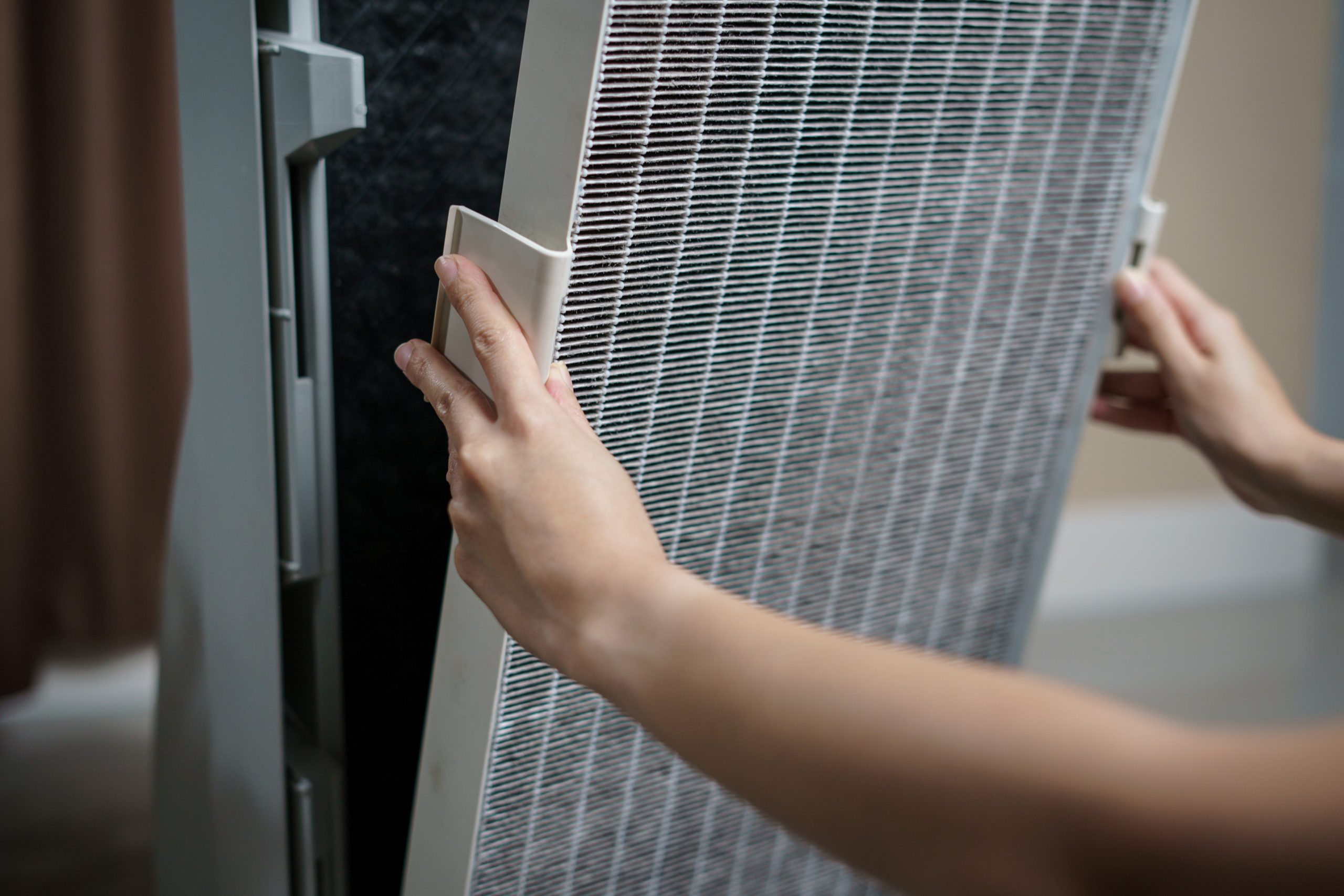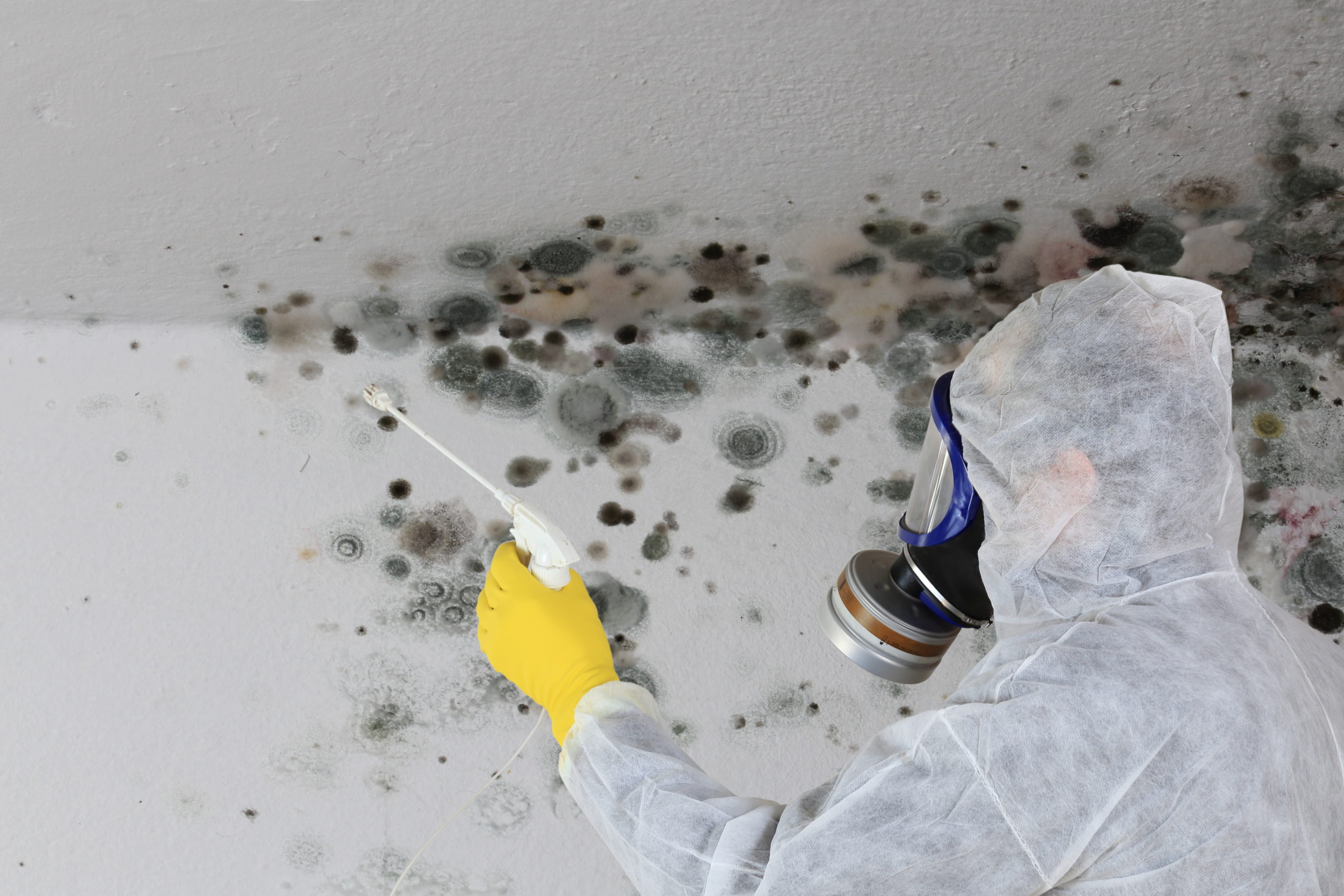Creating clean and healthy learning environments for students and staff is a necessary first step to giving our children a world-class education.
In 1983, an earthshaking report was released about American public schools. The report, A Nation at Risk: The Imperative for Educational Reform, suggested that other countries around the world were outperforming US schools. Considered a landmark event, the report cited a number of examples to support this conclusion. For example, it revealed that the average SAT scores dropped “over 50 points” in the verbal section and ‘nearly 40 points” in the mathematics section of the test from 1963 to 1980.
Authors of the study included 18 members from the private sector, business and education. Among other things, they found that one-fifth of the students tested could not write a persuasive essay and only one-third could solve a mathematical problem if it required multiple steps. Further, when compared to students outside the United States, the authors found that on “19 academic tests American students were never first or second in comparison with other industrialized nations.”
The report included 38 recommendations which all fell into five major categories: Content, Standards and Expectations, Time, Teaching, Leadership and Fiscal Support. However, what was missing from the recommendations was the need for American schools to be clean and healthy. It is interesting — and possibly quite timely to note — that just a few years before the report was released, taxpayers were increasingly putting restraints on school budgets. Some of these were the result of “taxpayer revolts” that began in California in 1978 with the passage of Proposition 13, soon followed in Massachusetts with Proposition 2½.
Why this history lesson about American schools?
With the taxpayer revolts in the 1970s and 1980s, one of the budget items to be scaled back in many school districts was cleaning. In fact, in far too many instances, cleaning budgets were the first things on the chopping block. And since 2008’s financial collapse, schools have been burdened with even more drastic budget cuts. As a result, today we find many school buildings from coast to coast are in need of repairs, are burdened with unsafe toxins, and are staffed by far fewer custodial workers using outdated cleaning products and equipment, along with traditional — non-environmentally friendly — cleaning solutions. Further, proper training of these custodial workers has suffered significantly.
To many, it does not appear that much has improved since the 1983 report. And while there are likely many reasons for the decline in American school performance over the past few decades, one that cannot be ignored is that American schools are simply not cleaned and cared for as well as they should be and could be. Consider that a quarter of all Americans are using these schools every day. It is imperative for schools to be as clean and healthy as possible and for them to be cleaned using environmentally preferable cleaning chemicals and products, which we now know can help improve student performance.
This is why the Healthy School Campaign, ISSA, the worldwide cleaning association and The Ashkin Group have joined forces to recognize and encourage custodial training in honor of this year’s Green Apple Day of Service. The focus is on custodial training because proper training can improve the productivity of custodial workers and ensure that they are using products and equipment not only properly but most effectively. These goals are necessary in all cleaning situations but with fewer and fewer workers maintaining schools, they have become imperative today.
In addition, the intention is to help custodial workers with the following:
- Better orient new custodial workers to the importance of cleaning in protecting student and teacher health.
- Improve the custodian’s knowledge of effective cleaning procedures and ensure they are being performed properly.
- Introduce school administrators and cleaning professionals to innovative products and processes, along with environmentally friendly cleaning tools, chemicals and equipment that can help improve the indoor health of schools and reduce their environmental impacts.
- Teach custodial workers ways to protect their own health.
To help with the training, the initiative is using the following programs that have been shown to help improve cleaning “best practices,” along with making schools Greener and healthier:
- The Healthy Schools Campaign’s Green Clean Program
- ISSA’s Cleaning Industry Management Standard for Green Buildings
- Green Seal’s GS-42 Commercial and Institutional Cleaning Services program
- The US Green Building Council’s LEED for Existing Buildings: Operations & Maintenance (cleaning credits in the section on Environmental Quality).
Schools, cleaning professionals, and janitorial distributors are encouraged to get behind this project. We’ve made it as easy as possible. To get involved, visit the Green Apple Day of Service website, www.greenapple.org/greencleaning and register. Schools and organizations involved with the program will be honored with a certificate of participation.
My hope is that these projects will be used to help communities across the nation learn why effective cleaning is so critical to our schools. Creating clean and healthy learning environments for students and staff is a necessary first step to giving our children a world-class education.
Stephen P. Ashkin is founder of the Green Cleaning Network, a not-for-profit organization dedicated to educating building owners and suppliers about Green Cleaning, and president ofThe Ashkin Group, a consulting firm specializing in Greening the cleaning industry. He is considered the “father of Green Cleaning” and has been inducted into the International Green Industry Hall of Fame (IGIHOF).
Originally published by EnvironmentalLeader.com






